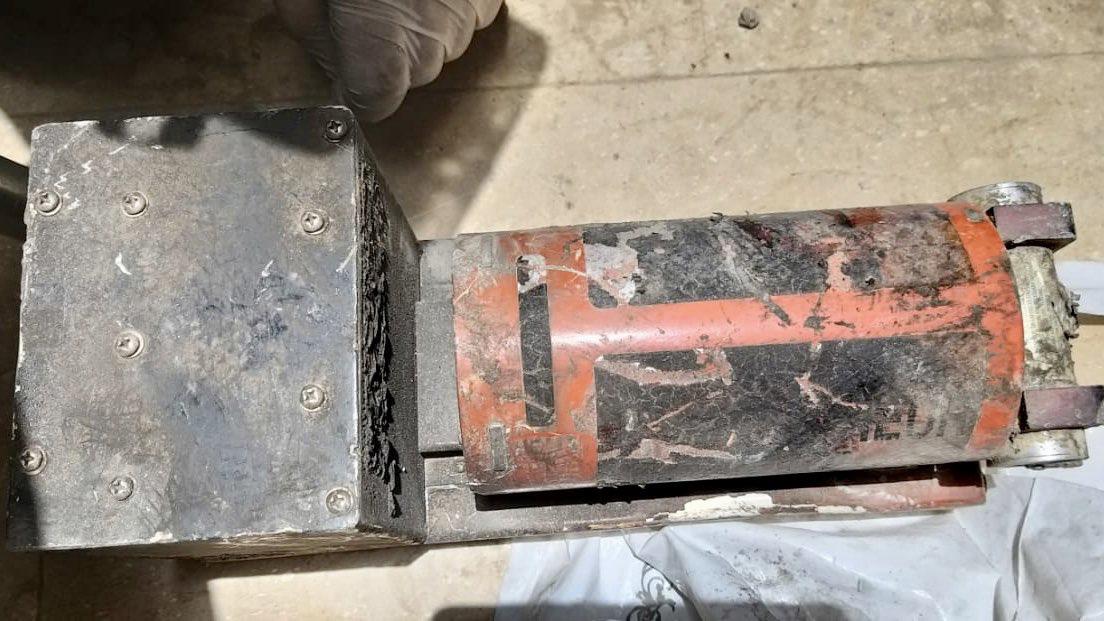
A team led by Pakistan’s Aircraft Accident Investigation Board (AAIB) recovered the cockpit voice recorder (CVR) from the wreckage of Pakistan International Airlines Flight 8303 (PK8303) on May 28.
France’s Bureau of Enquiry and Analysis for Civil Aviation Safety (BEA) will process the CVR as well as the aircraft’s previously recovered flight data recorder (FDR). BEA said that Pakistan requested that the French agency download data from both recorders. The work will be done in France “at a later date,” BEA said in a May 28 statement on Twitter, adding that its announcement was made following consultation with Pakistani officials.
Data pulled from recorders is helpful in nearly every accident probe, but information from PK8303’s devices should be particularly insightful as investigators try to understand what happened in the flight’s final minutes on May 22. Pakistan’s Aviation Minister Ghulam Sarwar Khan confirmed to reporters May 28 that the 16-year-old Airbus A320 carrying registration AP-BLD “touched the ground three times and then took off” on its initial approach attempt, Bloomberg reported. The crew did not report any problems during the initial approach, the minister added.
He refused to discuss speculation that the A320’s landing gear either failed or was never extended, meaning parts of the aircraft’s CFM56 engine nacelle and perhaps parts of the airframe contacted the runway. “The million-dollar question” is why the aircraft touched down and then continued, he said.
Investigators have released few details about the accident sequence, but media reports out of Pakistan as well as pieces of evidence linked to the accident have painted a general picture. The flight, with 91 passenger and eight crew, was nearing the end of a scheduled 90 min. journey from Lahore to Karachi. A recording of pilot-air traffic controller (ATC) communications posted on Live ATC.net and linked to PK8303 details that the flight was cleared to land on Jinnah International Airport’s Runway 25 Left. As the crew accepts the clearance, a master warning alarm is audible, indicating an immediate safety-of-flight issue. The crew contacts the tower again and says the flight is going around, offering no other details.
ATC tells the aircraft to climb to 3,000 ft. and begin a turn to left to set up for another approach to the same runway. But the PK8303 crew responds with a request to climb to 2,000 ft. The controller responds that the aircraft is descending, and the crew radios back that it is “trying to maintain.”
The pilots then radio that they need to fly directly to the airport because they have “lost both engines.” ATC responds that all runways are available. The last transmission from the flight deck was a mayday call.
The aircraft impacted a residential area just short of Runway 25 Left. All eight crew and 89 passengers onboard were killed. No other additional fatalities have been reported.
Barring damage to the FDR and CVR, data from each should help investigators understand what the crew perceived during the initial approach, and what, if any, technical problems they faced.
Investigators plan to issue a preliminary report on June 22.





